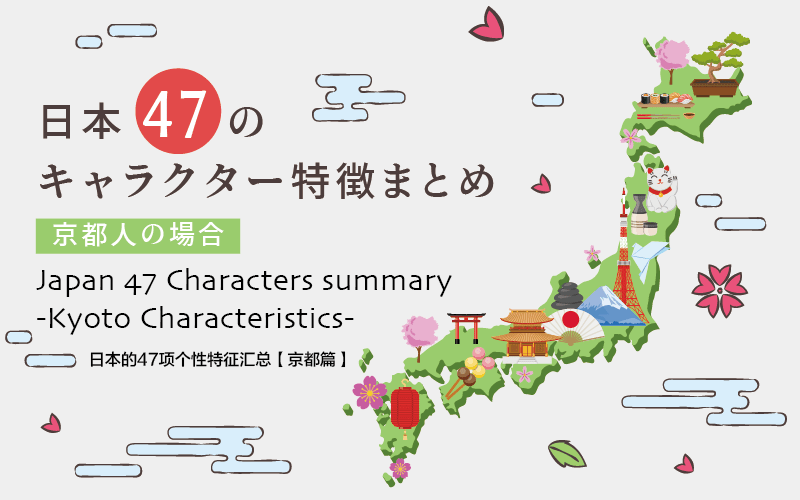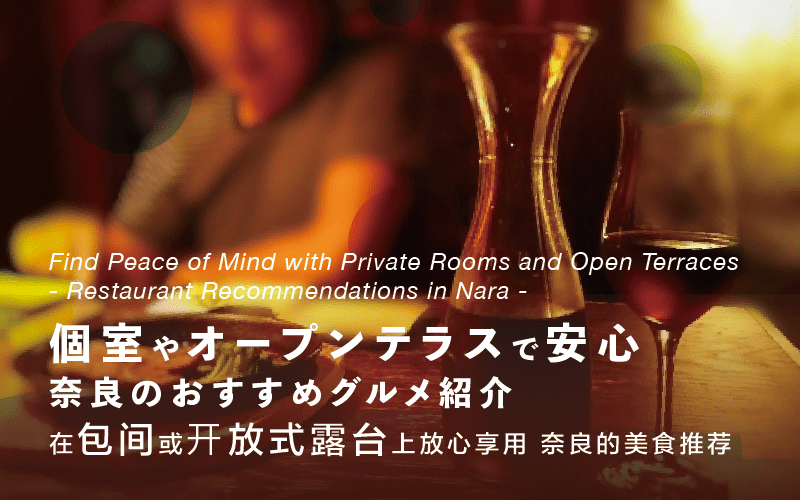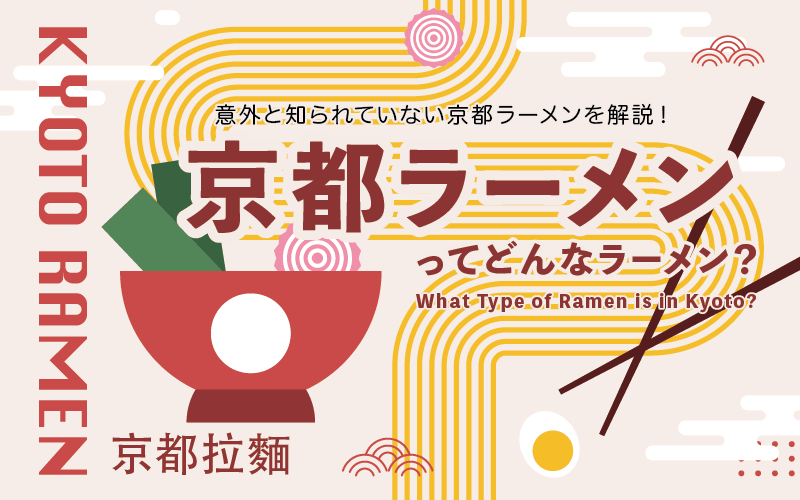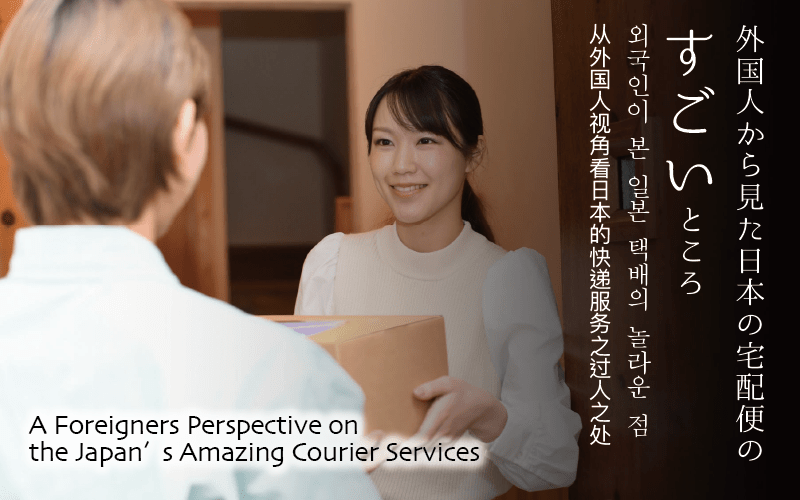Kyoto is considered a popular touristic destination both in Japan and overseas. Some of you might have even visited it once. In fact, even in the Kansai area, people's personalities and eating habits differ from region to region. These features are also more strongly shown especially by middle-aged and elderly people. So prepare yourself, as we will introduce you to three interesting things about Kyoto people’s personality and eating habits.
The pride of being born in Kyoto

Kyoto people are often proud of themselves for being so. Kyoto has played an important role in the history of Japan, and this will to protect that culture, that still is so alive to this day, is one of the reasons why their pride is so high.
Around other Japanese regions as well, people consider themselves as the “real, authentic” ones, but it is true that culture and history-wise people from Kyoto have a higher position to say so. This is why sometimes it may seem that Kyoto people see with severe eyes other prefectures’ residents, when they have to deal with them.
“Honne” and “Tatemae”
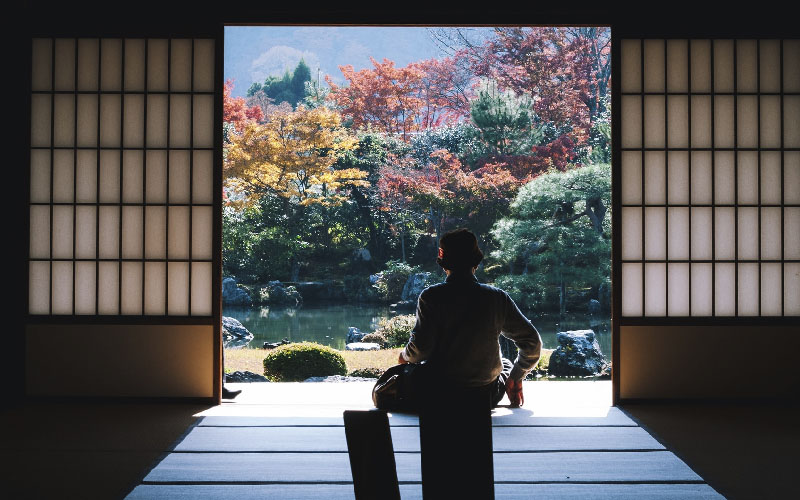
One of the most famous characteristics of Kyoto people is the duality of their "honne” and “tatemae”. To put it in simple words, what they say is different from what they really think. Many people may feel that this is the true characteristic that make them true “Japanese”. However, the “Honne” and “Tatemae” usage by Kyoto people is so complex that it is hard to understand even for other Japanese.
For example, one of the most famous ways of saying is: "What an energetic child you have!". The literal meanings you can interpret on the spot are “cheerful” “lively” and “cute”, if you think about it. However, what they really mean and think is: “What a noisy child you have!” Another example is that a Kyoto person would never accept an invitation for dinner for the same day: it is Kyoto-ish to plan it in advance, so they would use an excuse for not going.
Eating habits
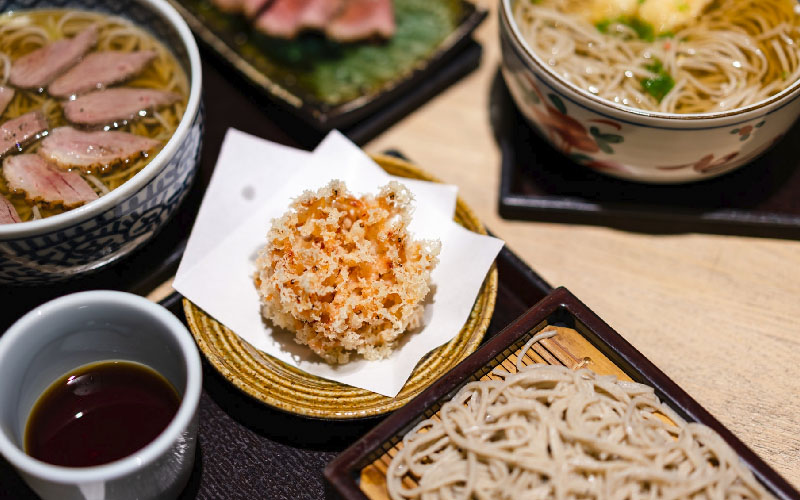
Next is eating habits. Kyoto has a unique eating habit and people who like Japanese food might know this already. For example, in Kyoto, there is the habit of giving importance to the number five: five food colors, five tastes, five ways of cooking, and five emotions while eating. This idea is proper of Kyoto and it is to value each of the five colors, tastes, cooking methods and sensations.
Kyoto has also a proper and unique way of thinking the cooking methods: the “Obanzai”. “Obanzai” is a Kyoto-style inherited side dish. It is designed principally to be made with the remains of soup stocks, used to give them flavor, so that no ingredient is wasted. The photo shows a grilled eggplant with sweet miso paste, called “Nasu no Dengaku", which is ranked No.1 as the most popular “Obanzai” in Kyoto City. If you’ll ever have the chance, please give it a try.
In addition, restaurants often use the “Okimari cuisine”: deciding that a certain day of every month must include in the menu determined foods, especially vegetables, very famous in Kyoto. Like the ones portrayed in the picture, Kyoto has a long tradition of vegetable cultivations since the Meiji Era, like the Kujo leeks and the Horikawa burdocks. Many Kyoto vegetables have a unique shape. Check them out!
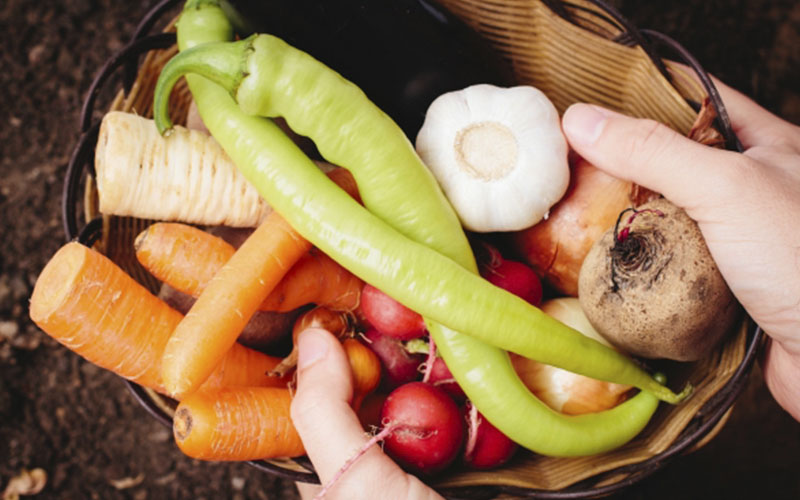
Kyoto has a deep history, unique personality and customs that will be forever inherited.
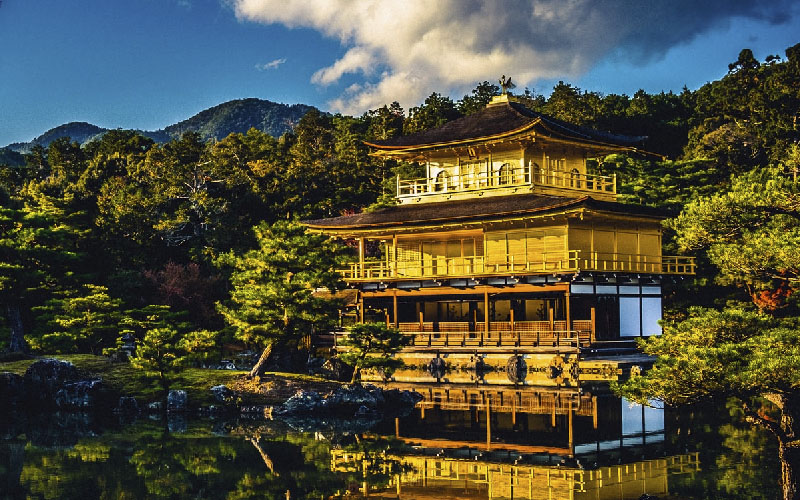
We have introduced you to the personality and eating habits of Kyoto people and only from this you can realize how their culture is different from the one in Osaka. Even in the Kansai region, the culture is not the same. Even in Kyoto, habits seem to be different depending on the area! If you are interested, you are welcomed to do a more detailed research!


